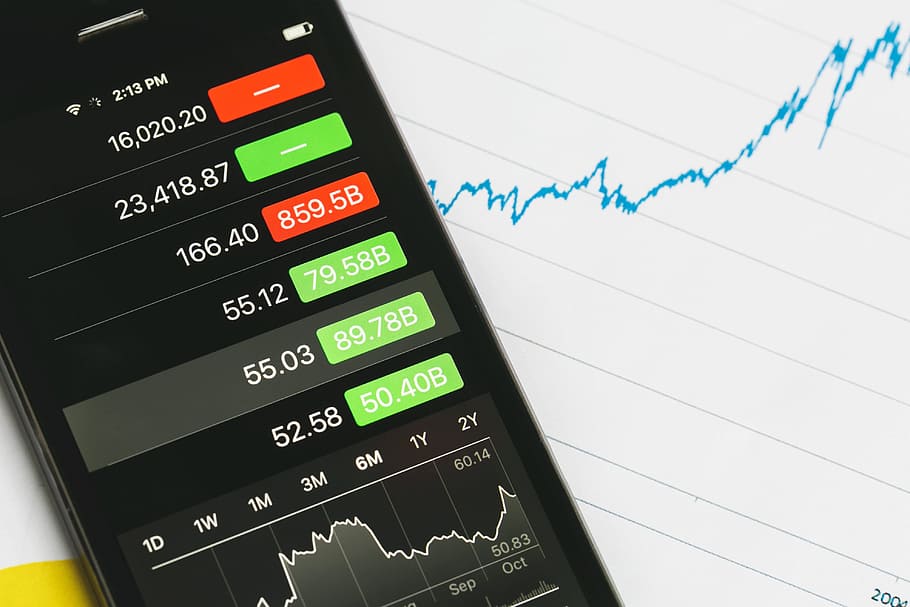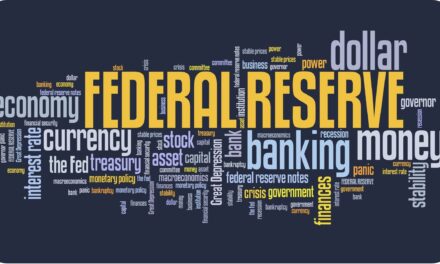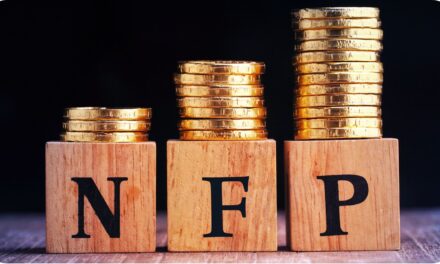May’s US jobs report on Friday could set the market tone for June. We see a risk that labour supply is failing to keep up with rising demand, which may weigh on the headline number and ultimately keep the Fed comfortable with its dovish (and USD-negative) rhetoric for a bit longer. In Australia, the RBA may be quiet this week ahead of the key July meeting
USD: Jobs report to set the tone
Dollar Index
Week Ahead Bias: Mildly Bearish
Range this week: 89.50-90.50
1 month target: 89.00
Arguably the soft US jobs report of just a 266k increase in April set the tone for the month of May. This allowed markets to look through Federal Reserve references to tapering, safe in the view that the central bank would not be hurried into a decision. This week’s release of the May jobs report also stands to set the tone for trading in June. Our team expects a slightly lower than consensus increase at +500k (consensus around 650k) as labour supply fails to keep pace with increasing demand.
EUR: Where are the hawks?
EURUSD
Week ahead Bias: Mildly Bullish
Range Next week: 1.2150-1.2310
1 Month Target: 1.2300
Wednesday will see the ECB release a report on the international role of the euro. These typically look at the role of the euro in things like FX reserves, invoicing and debt issuance. We would expect to see a further advance in the EUR in all of these categories – aided by President Trump’s and the US Treasury’s use of sanctions, and the rest of the world trying to break free from dollar hegemony. The report could throw out some bullish headlines for the euro.
JPY: Waiting for the correlation to fade
USDJPY
Week Ahead Bias: Neutral
Range Next Week: 108.80-110.50
1 Month Target: 108.00
USD/JPY very much continues to trade off US yields, where another spike cannot be ruled out. That said, another relatively soft US jobs report could keep US Treasuries contained and the carry trade in full swing. Here, Japanese investors can earn 140bp in 10-year Treasuries on an FX hedged basis – which is not bad in a world of low rates. That said, we are on the lookout for any breakdown in correlation between US yields and USD/JPY – which could be a first sign of a risk premium going into the dollar on the back of growing twin deficits.
GBP: Limited scope for further near-term hawkish BoE re-pricing
GBPUSD
Week Ahead Bias: Neutral
Range Next week: 1.4010-1.4380
1 Month Target: 1.4400
Sterling reacted strongly to comments by the Bank of England’s Gertjan Vlieghe about a possible hike in 2022, showing a clear market hypersensitivity to shifts in central bank policy biases of late. While positive for GBP, we suspect that we won’t get such explicit comments on timing from other MPC members at this stage, meaning that the hawkish repricing of the BoE policy path may not be too aggressive from here and hence may not provide a further boost to GBP. News that the full reopening of the UK economy in June is ‘in the balance’ may hold GBP back temporarily, though cable now looks well supported at 1.4100 and eventually head higher as the UK data are expected to be solid in coming months and the gradually appreciating EUR/USD should also benefit GBP/USD.
AUD: Likely a quite RBA meeting, but risks skewed towards hawkish shift
AUDUSD
Week Ahead Bias: Mildly Bullish
Range Next week: 0.7670-0.7810
1 Month Target: 0.7800
A resurgence of Covid-19 cases in Melbourne has forced the city into its fourth lockdown since the start of the pandemic, raising new concerns about the path for recovery of the Australian economy. This may provide a reason for the Reserve Bank of Australia to stick to its dovish tone for longer as it announces monetary policy on Tuesday.
Since the latest policy meeting (4 May), the Bank has not received many data inputs, with the only key release having been the April jobs report, which showed a slowdown in total employment (although entirely due to part-time positions) but a reduction in the unemployment rate (to 5.5%) thanks to a smaller participation rate. Combined with the weak inflation numbers for 1Q, the RBA has, in theory, enough reasons to keep its policy message unchanged ahead of the pivotal July meeting when the Bank is expected to decide on whether to roll out yield curve control to the November 2024 bond
CAD: Data may add fresh fuel after the pause
USDCAD
Week Ahead Bias: Mildly Bearish
Range Next week: 1.2000-1.2150
1 Month Target: 1.2000
The Canadian dollar has been, for once, the only currency unable to benefit from USD weakness in the past few days. This comes after the extended post-Bank of Canada rally, which was later fuelled by reopening hopes in Canada thanks to the fast vaccination rollout. Indeed, the latest CFTC data showed that CAD positioning has moved sharply into net-long territory, and some position may have gotten in the way of further gains in the loonie this week.
CHF: No deal Swissexit
EURCHF
Week Ahead: Mildly Bullish
Range Next Week: 1.0930-1.1030
1 Month Target: 1.1100
The softness in EUR/CHF remains a puzzle. European optimism is surging, the Swiss National Bank will probably be the last central bank in Europe to hike rates and EUR/CHF should be trading higher. We can only speculate that either some unwinding of Polish mortgages or some Swiss de-leveraging is at work here – though we may not discover that until BIS banking statistics are released much later in the year. But we still think EUR/CHF should be trading closer to 1.11/12 – and not near 1.09.
Another talking point is Switzerland’s breakdown in trade discussions with the EU – meaning that new trade barriers could be erected at any time. This looks an unequivocal negative for the the Swiss franc given the concentration risk of Swiss exports on the EU. This is another reason why EUR/CHF weakness is so strange.
SOURCES: ING and LOTUS ACADEMY





